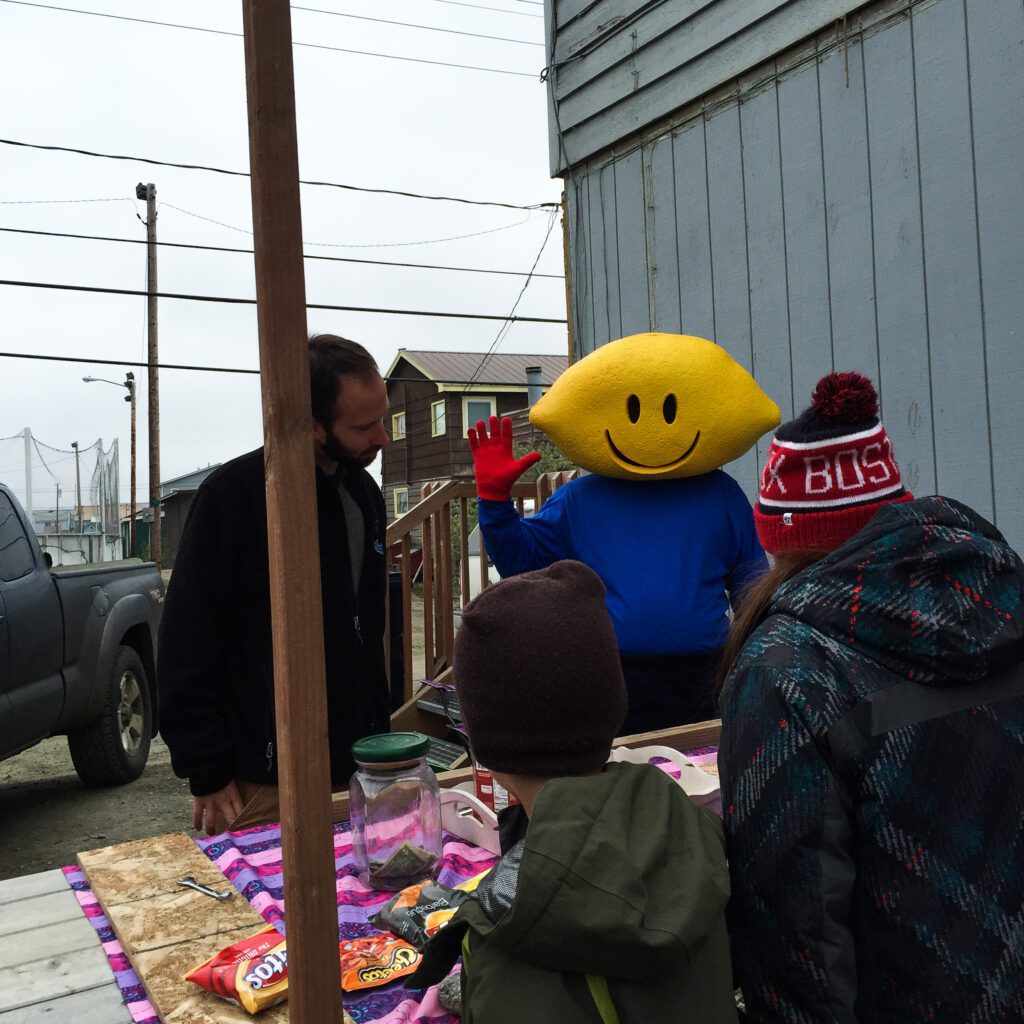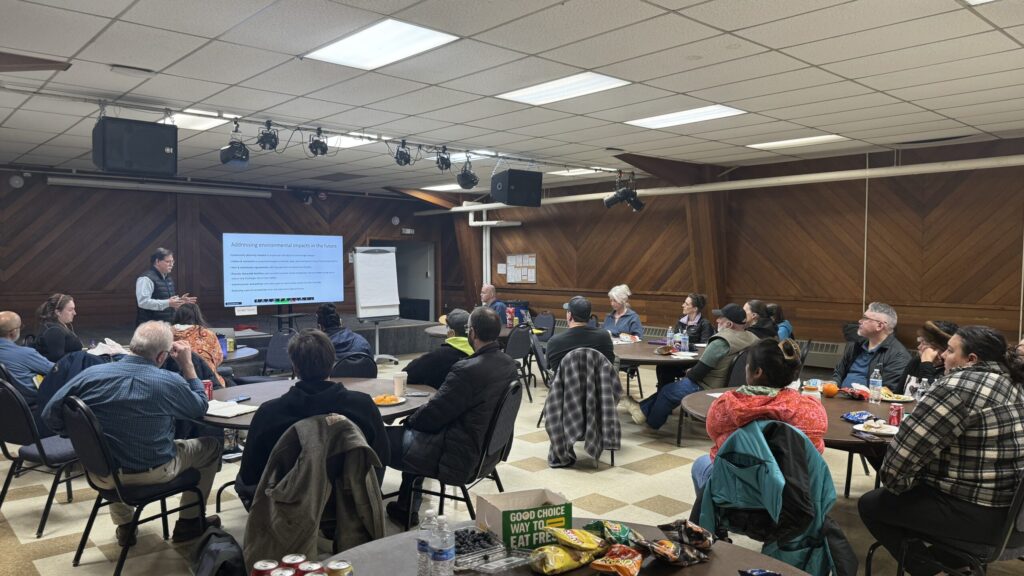Melanie Bahnke is back in Nome after meeting with President Obama in Anchorage on Monday. The Kawerak president said she and other Alaska Native leaders spoke with Obama for an hour.
“My message to him was to include people from the Arctic in decisions about the Arctic,” she said. “We can no longer just have people thousands of miles away making decisions for us. We need to be at the table. Tribes need to be included.”
And Wednesday, the White House announced one way the federal government is working to put that advice into practice. The U.S. Department of Agriculture (USDA) is signing cooperative agreements with four Native nonprofits in western Alaska, including Kawerak — which will receive $46,000.
“Although the funding amount that we’re being provided through this cooperative agreement isn’t huge, it’s a step in the right direction,” Bahnke said. “What USDA is recognizing is that they can’t have a presence everywhere. And they’re trying to take advantage of entities that already exist in rural areas and are delivering quality services to rural residents.”
Kawerak has not signed the agreement yet, but Bahnke said they’ll meet soon with USDA Rural Development to iron out the details, including which services Kawerak will deliver on behalf of the department. She said she expects Kawerak to take on programs aimed at housing improvements, economic initiatives, and the like — as well share information with tribal and municipal leaders and residents around the region.
That partnership wasn’t the only news to come out of Obama’s visit. Bahnke said there’s a host of other opportunities that may benefit the Bering Strait region.
“There are going to be climate change AmeriCorps volunteers, safe water and sewer initiatives, [and] additional research funding available,” she said. “So staff — right now, as we speak — are researching what new opportunities have become available through this historic visit by President Obama.”
While Kawerak investigates potential programs, 15 rural communities have already been chosen for the water and sewer initiative, including Diomede, Kaltag, Kotzebue, and Nunam Iqua. The USDA is providing over $17 million in total to help the 15 communities design new water systems or replace existing infrastructure.
“There are still communities in Alaska that are on honey buckets,” said Jim Nordlund, the Alaska Director for USDA Rural Development. “The incidence of waterborne disease and illness is very high. It’s unacceptable. That money really needs to go to address those dire circumstances. At the same time, we do need to recognize there are older systems that are falling apart and that will need to be replaced at some point.”
Nordlund said USDA is partnering with the Alaska Native Tribal Health Consortium (ANTHC) to get the initiative off the ground. Shauna Hegna is the Chief Administrative Officer of ANTHC. She said the grants will provide critical help to some of the 4,000 Alaska families without reliable access to safe water and sewer.
For instance, she said three communities on the lower Kuskokwim River — Eek, Kwethluk, and Akiachak — will be getting first-time water service to many homeowners. Meanwhile, Diomede will have its water catchment system appraised to see if there’s a better option for bringing running water to the washateria.
But Hegna cautions that the process will take time. Between engineer evaluations, community meetings, and drawing up designs, she said it’s usually a year before anyone can think about breaking ground. And depending on the community, these grants may only cover the planning phase — meaning new funding would be necessary before construction.
For now, Hegna said the next step is to meet with each of the communities and match them with engineers and project managers.







